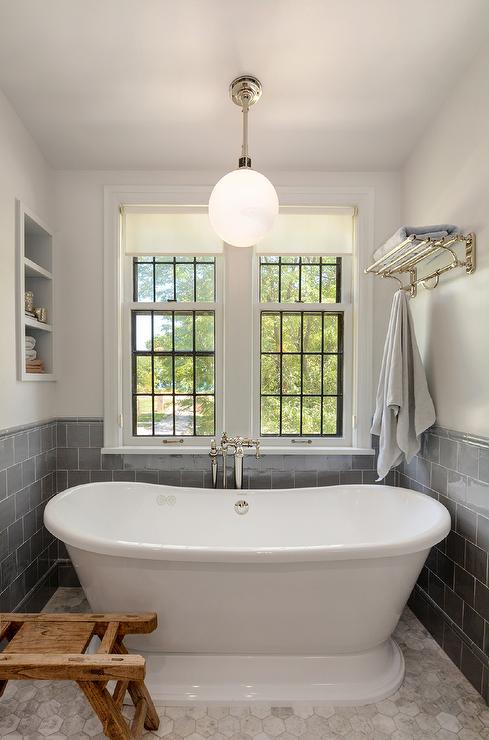You will need to gather the following tools and supplies:
- Prybars- Wonder Bar, 36″ Prybar, molding prybars, a 6″ drywall knife, and a Marshalltown LM Prybar
- Several garbage cans
- Smooth face hammer
- 2″ wide sharpened wood chisel
- Impact Driver with long Philips and T25 bits
- Flooring tool bag- Includes flooring mallet, flooring offset tool, tapping block, and wedges.
- Mapei Planipatch cement based leveling compound
- Bucket
- Eggbeater mixer
- Drill
- Flooring Trowels
- Utility Knife
- 12″ aluminum speed square
- Tape measure
- Sharpie or carpenters pencil and ink pen
- Table saw
- 120v shop vacuum
- If this is a replacement floor, you will need to remove the existing floor before you can install the new flooring. Be sure to allow enough time and expense to cover removal and cleanup.
- Start by removing the existing baseboard. If it is sealed to the wall with paint, you will need to cut along the top of the baseboard to break the seal so that you do not tear the paint and paper from the surface of the wall.
- Once the baseboard is safely un sealed from the wall, you can remove it using a molding prybar and a 6″ drywall knife. You can use the drywall knife to begin prying the trim from the wall, and also to keep the heel of the molding prybar from digging into the wallboard.
- Set the baseboard in a safe place in the same heated and air conditioned space where it was installed. Do not store it outside, in the basement, in a shop, or in a job trailer, as the moisture and temperature differences will cause gaps and misfits when you reinstall it. Always leave custom colored and stained trim on the property where it originated.
- Remove any vinyl base trim in the room, using a hammer and a sharp 2″ chisel.
- Starting a a doorway, pry up the existing flooring and underlayment using a Marshalltown LM prybar. You will probably need to score the vinyl sheet flooring in the center of hallways and at the edges of underlayment pieces so that they can be pulled out from under the edge of any door trim or baseboard heaters.
- Break the underlayment into manageable size pieces that can be safely carried out and disposed of without damaging walls and furniture.
- Pound all of the 1/4″ x 5/8″ staples into the subfloor. This takes quite a bit of energy.
- Carefully sweep and vacuum the area where you will begin laying the LVT.
- Fill any voids or blemishes in the floor that are more than 16th of an inch per foot using Planipatch.
- Confirm the orientation, starting wall, and pattern of the new flooring with the homeowner.
- Install the flooring by rows, locking the ends together to create a row the whole way across the floor before connecting the side seams.
- You will need to offset the ends of the tile by at least 1/3 of the length, typically 8″ for a 24″ tile.
- It is preferred to cut the tile by scoring it with a utility knife that is run along the edge of a 12″ speed square. Be careful that you cut over an unfinished part of the subfloor or the backside of a scrap piece of flooring. Then flip the floor tile over, hold the end most likely to be damaged a few inches off of the floor, and strike the back side of your scored piece with the side of your fist. It should break cleanly without any sawdust or debris!
- If you come to a projection, you can add an extra piece of LVT onto the side where you are working, draw a line on the floor that clears the projection, and measure from that line to get the corresponding starting point on the other side of the projection.
- Cut the LVT by marking the length to which you would like to cut the tile, and then score it by running a utility knife along the edge of a 12″ speed square.
- If you need to cut corners or inset areas in the tile, you will need to use a table saw. You can cut both sides of the inset and score it using the utility knife and the edge of your square.
- Once the floor is installed, you can install the seam binders, stair nosings, or transition strips to protect the edges
- Reinstall the trim, or install new trim if desired.
- Clean up and remove drop clothes
